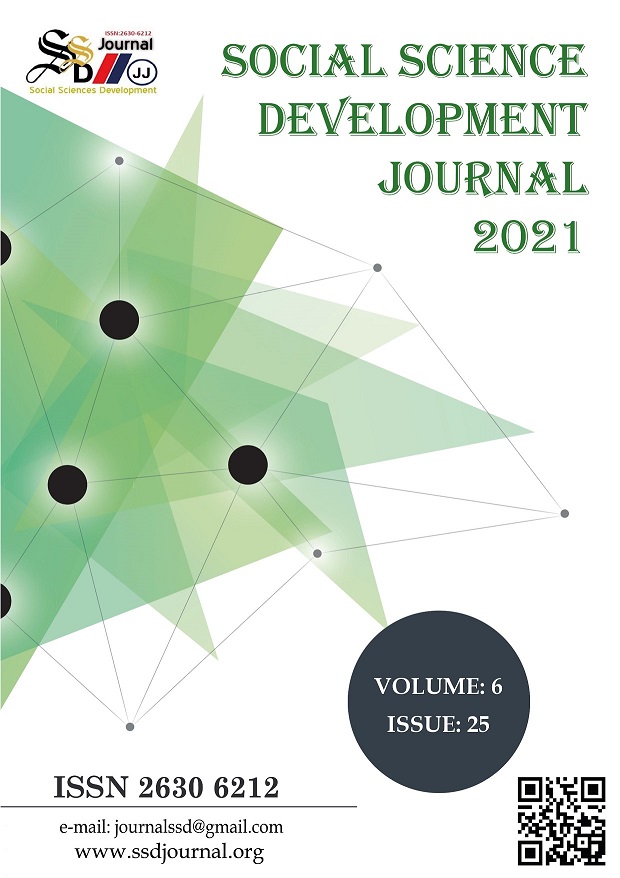TRANSLATING METAPHORS: A CASE STUDY ON THE TRANSFER OF METAPHORS IN SHAKESPEARE'S A MIDSUMMER NIGHT'S DREAM TO TURKISH
DOI:
https://doi.org/10.31567/ssd.414Keywords:
Figures of Speech, Metaphors, Metaphor Translation, Translation Strategies, Metaphor Translation StrategiesAbstract
It is known that the translation of figures of speech is quite arduous because of cultural differences.
Metaphors, which are among the figures of speech, are cultural-based expressions and mirror the
culture of the society where they exist. Because of this, the translation of metaphors in literary works
to the target language poses a problem for the translators. Translators may face the problem of
untranslatability when translating these expressions into the target language, or they may have
problems in translating these expressions. Having all these in mind, metaphor translation is not just
the activity of finding the linguistic equivalence of the expressions in the source text. Rather than, it
is a complicated activity that embodies a number of variables, including cultural factors.
Within this scope, this study has two purposes. First of all, it aims to reveal whether the metaphors in
Shakespeare's A Midsummer Night's Dream were transferred to Turkish or not and if so, to what
extent they were transferred. Another purpose of the study is to determine the strategies used by the
translator while transferring the metaphors specified in the selected work to the target text. The
metaphors determined in the source text to find out the strategies preferred by the translator were
analyzed within the context of the strategies Van den Broeck (1981) put forward for metaphor
translation.
To mention the results of the study; as it was seen that the translator used translation 'sensu stricto'
strategy most while translating the selected metaphors into the target language, it was observed that
this strategy was followed by the substitution strategy. Finally, it was concluded that the translator
never used the paraphrasing strategy while transferring these metaphors to the target language.




